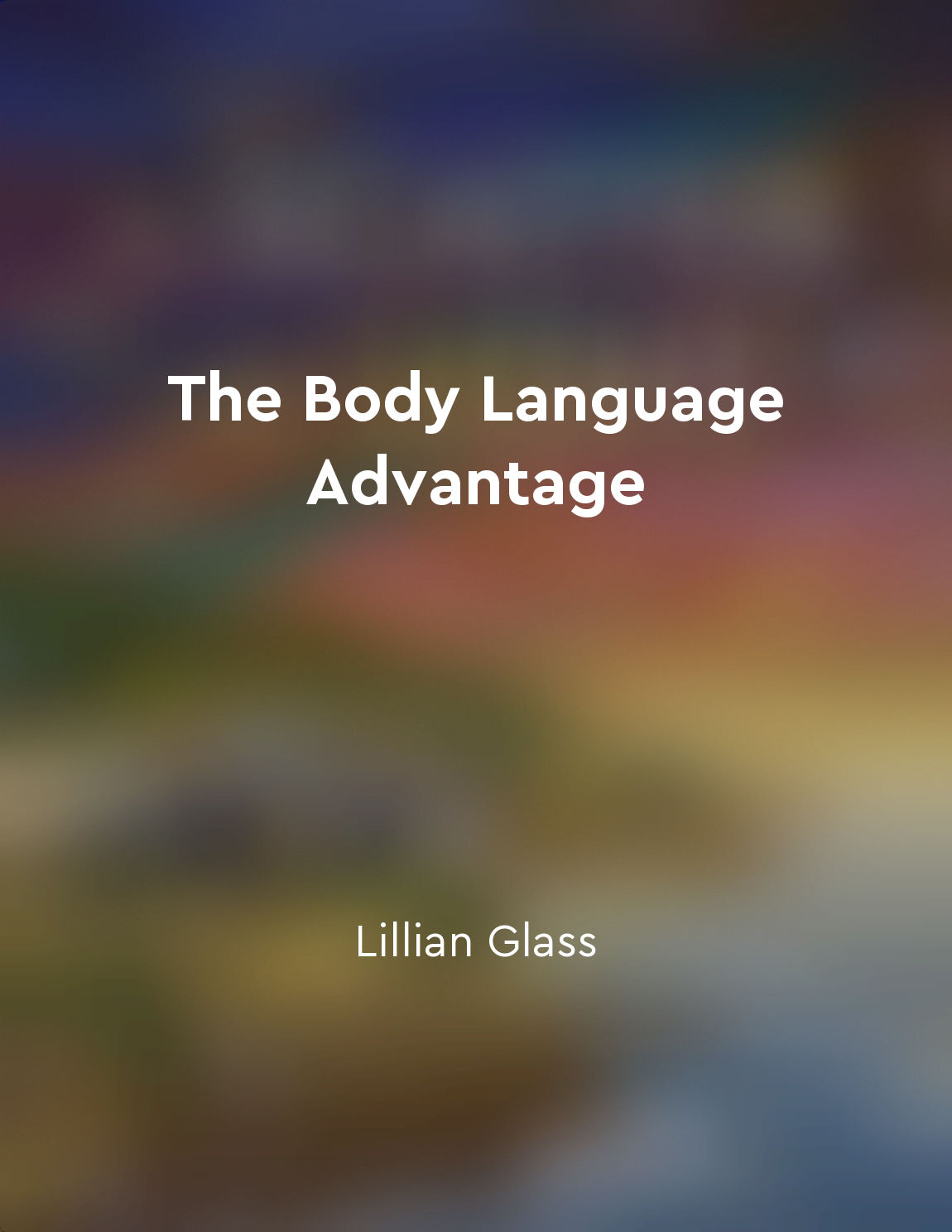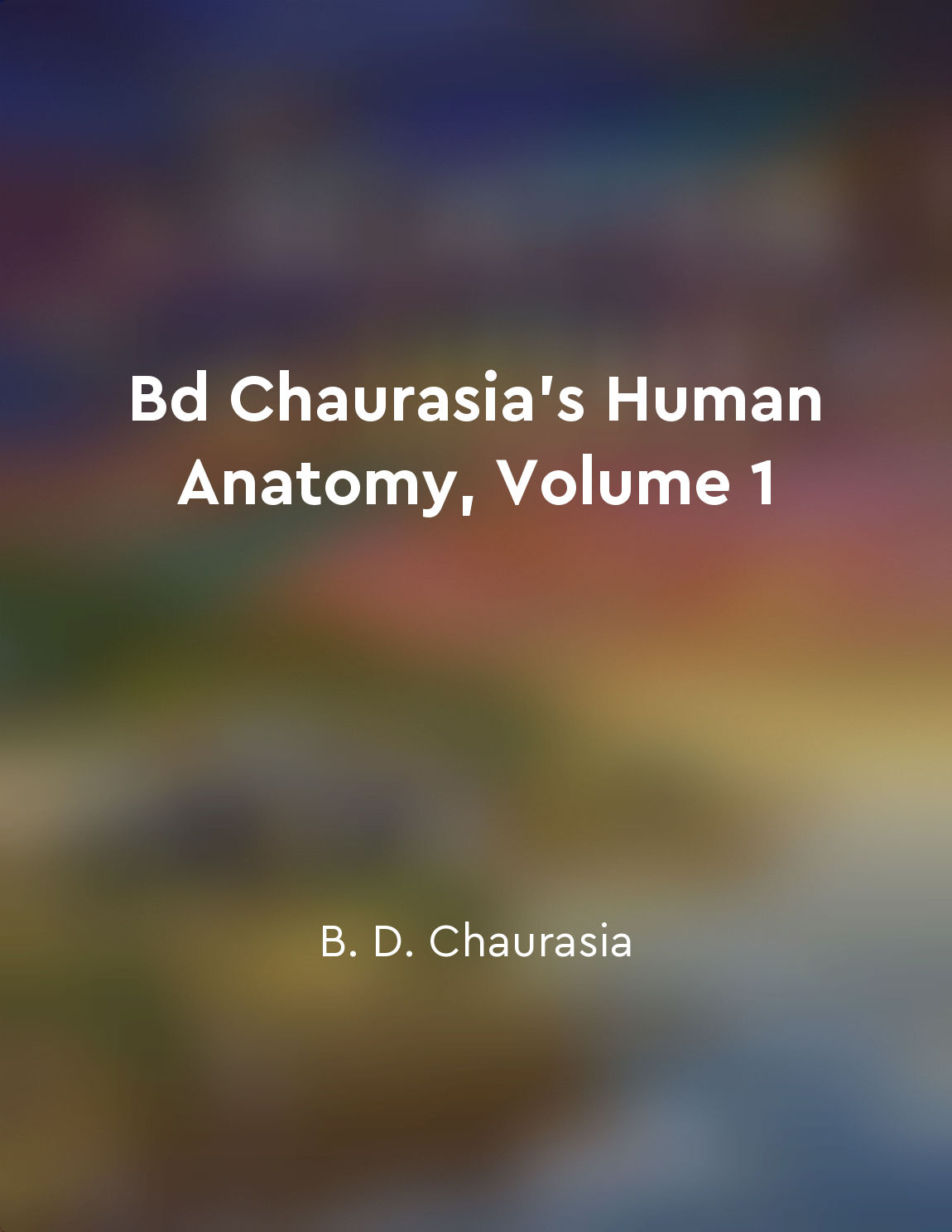Joints of head and neck from "summary" of Bd Chaurasia's Human Anatomy, Volume 1 by B. D. Chaurasia
The head and neck are regions of the body that contain numerous joints which allow for movement and flexibility. These joints play a crucial role in supporting the weight of the head and facilitating various movements such as nodding, shaking, and tilting. One of the key joints in the head and neck region is the temporomandibular joint, which connects the mandible (lower jaw) to the temporal bone of the skull. This joint allows for the opening and closing of the mouth, as well as side-to-side movements during chewing and speaking. Another important joint in this region is the atlanto-occipital joint, which connects the occipital bone of the skull to the first cervical vertebra (atlas). This joint allows for flexion and extension of the head, as well as nodding movements. Additionally, the atlanto-axial joint, formed between the atlas and the second cervical vertebra (axis), allows for rotation of the head from side to side. This joint is particularly important for activities such as looking over one's shoulder while driving or checking blind spots. The joints of the head and neck are supported by ligaments, muscles, and other connective tissues that help stabilize and protect them during movement. These structures work together to ensure smooth and coordinated movements of the head and neck, allowing for activities such as speaking, eating, and turning the head in various directions.- The joints of the head and neck are complex structures that play a vital role in supporting the weight of the head and facilitating various movements necessary for daily activities. Understanding the anatomy and function of these joints is essential for healthcare professionals and individuals seeking to maintain optimal head and neck health.
Similar Posts

Flirting body language signs
Flirting body language signs can be subtle yet powerful indicators of romantic interest. These nonverbal cues can include anyth...
Cultural differences can impact interpretations of body language
Cultural differences play a crucial role in how individuals interpret body language. One must understand that what may be consi...
Microexpressions reveal true feelings
Microexpressions are brief facial expressions that reveal a person's true emotions, often occurring in less than a second. Thes...

Nonverbal communication is a universal language that transcends words
When it comes to human communication, words are just one piece of the puzzle. Nonverbal communication plays a crucial role in h...

Muscles of thorax
The muscles of the thorax are classified into two groups: muscles of the thoracic wall and muscles of the respiratory diaphragm...
Building trust through open and honest communication
When it comes to establishing trust with others, there is one fundamental aspect that cannot be overlooked: open and honest com...

